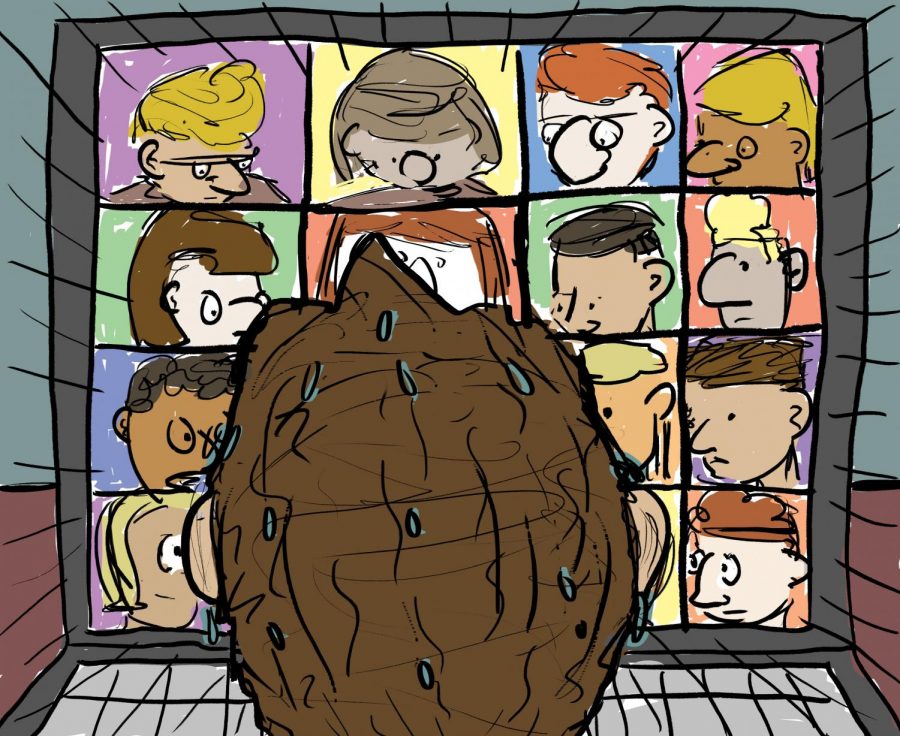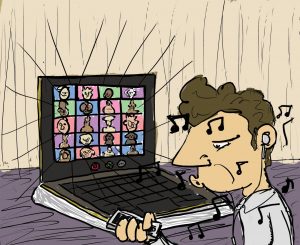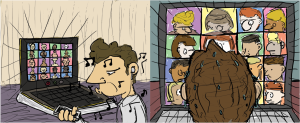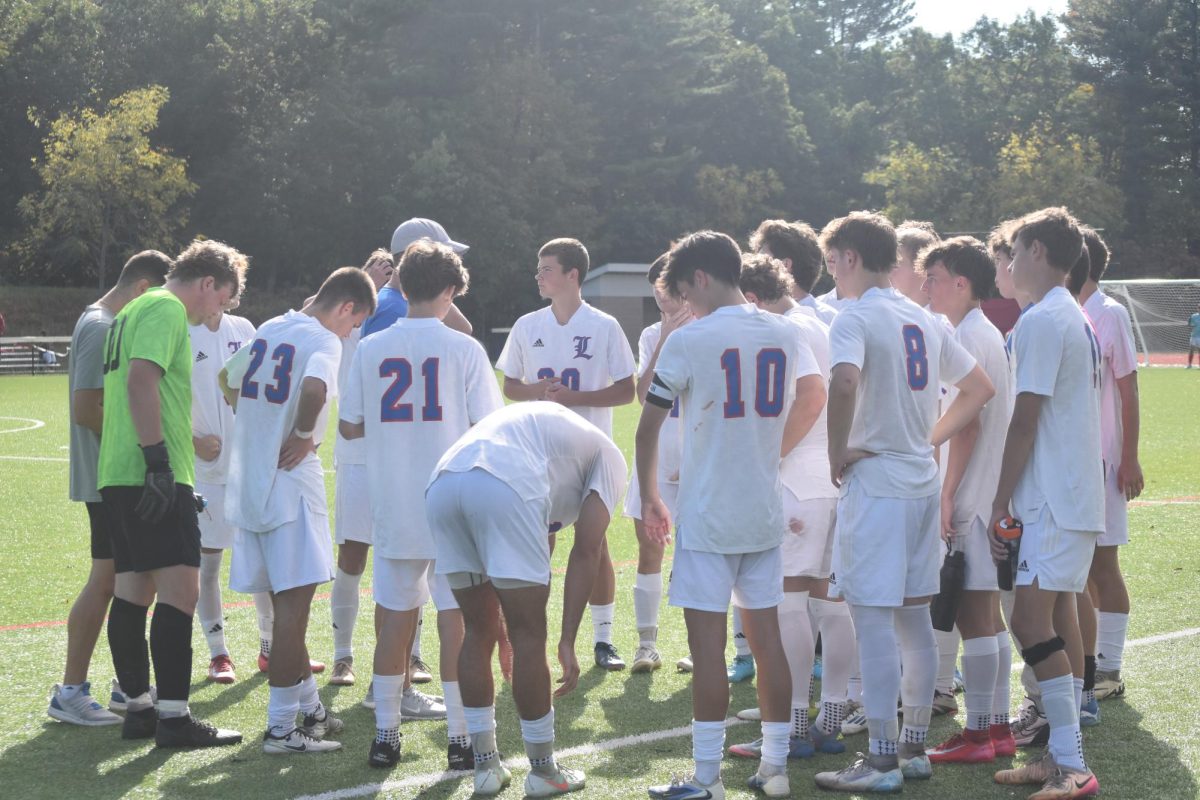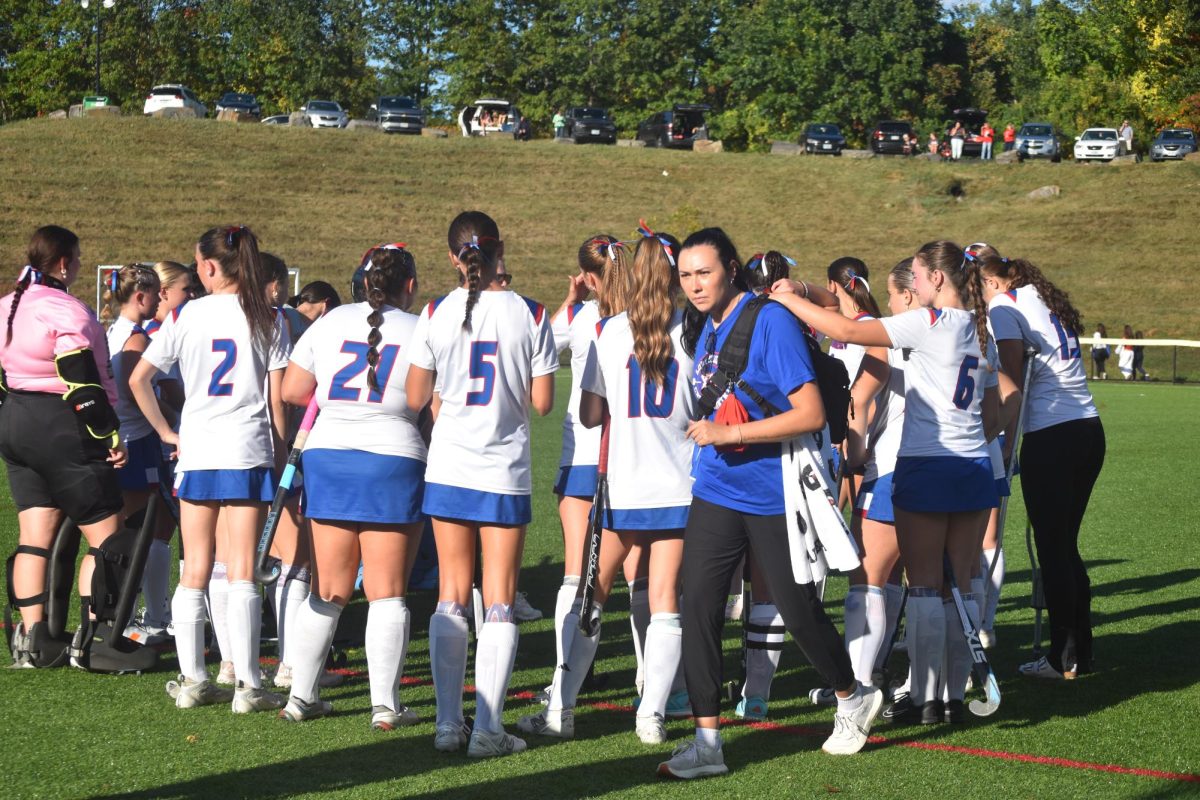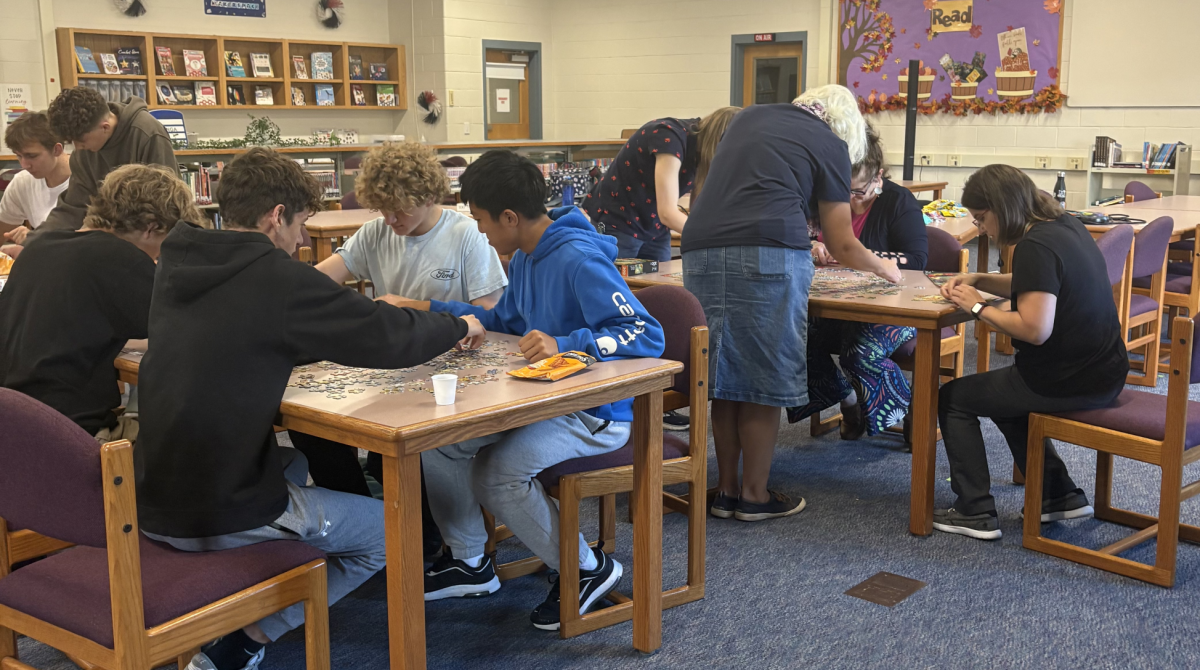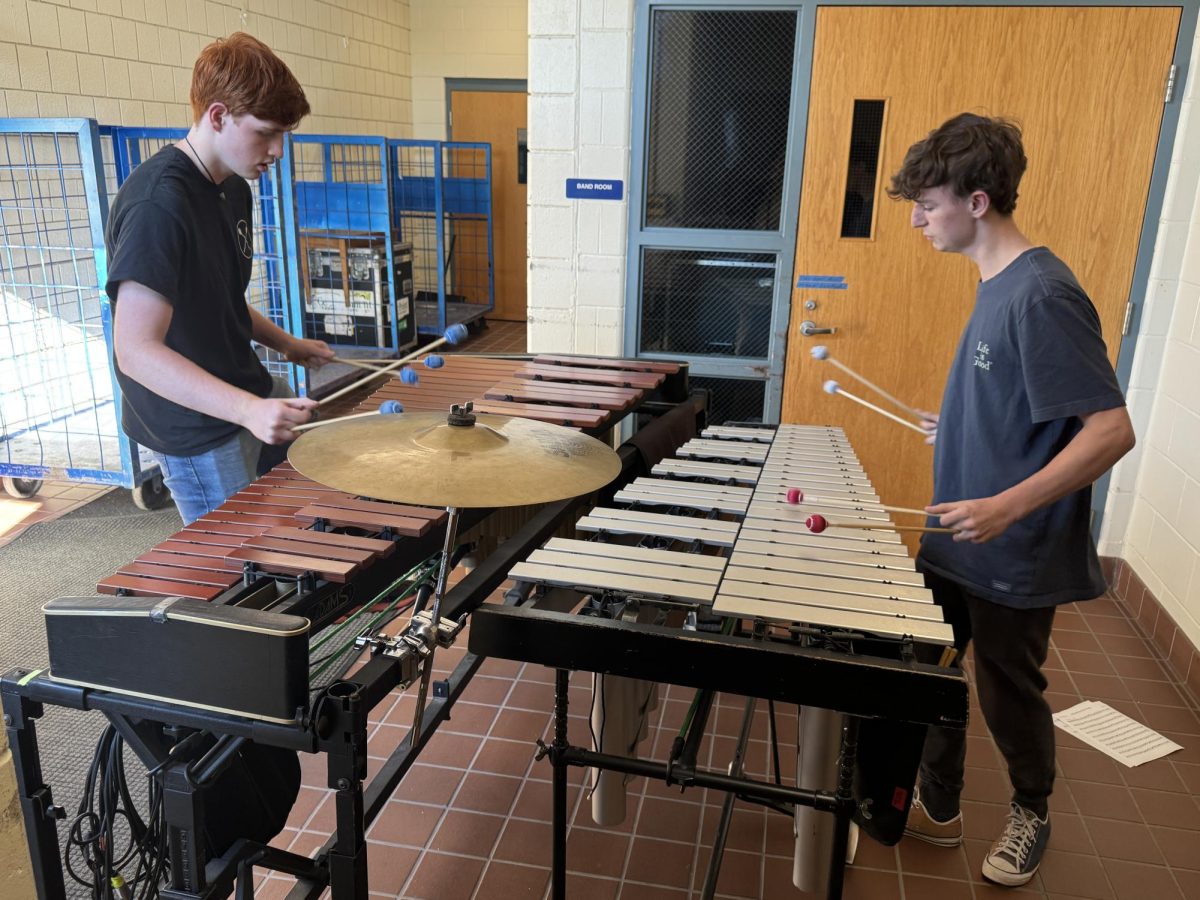Why force the cameras?
Allowing students to turn their camera off is important and not that big a deal.
The rule at LHS is that a students camera must be on. Some students feel uncomfortable with having their camera on for all to see.
November 23, 2020
Wake up. Dress in something comfortable. Eat some food. Get ready for another day of school.
Then it hits you: You’re not going to LHS. Instead, you have to sign in to your computer and join a meeting.
Wait. That means your face, along with the living space you cherish, will be broadcasted to 20-24 people at least four times. Every. Single. Day.
But what happens to people who aren’t comfortable with this? Their anxiety will skyrocket. This will result in making them feel trapped, or out of place. You can’t stop thinking about what others are thinking of you. The teacher is just static noise in your ear as you drown in negative thoughts.
This is the reality for many students during remote learning. It’s hard for them to come into in-person school, where it’s easier to blend in and lay low. Where they could better hide themselves from others.
The current Remote 2.0 expectations for students who wish to keep their camera off can be detrimental to people with these mental health issues. This, in turn, could result in a hindrance to receiving a good education overall. Having to contact your house office or specific teachers can be difficult for those who may not want to share why they are uncomfortable in the first place.
If a student is uncomfortable, they shouldn’t have to explain themselves or their mental/emotional struggles; it is not the school’s place to ask those questions.
Furthermore, if a student is uneasy, this atmosphere could create negative affects on their learning ability. Would forcing a student to be uncomfortable not go against the mission of a school in general?
Teachers are meant to foster a comfortable learning environment for all their students. If a student is uneasy, teachers need to accept that and work with them to improve the situation.
Now I do realize that everyone is stressed right now and simply want the easiest uniform way of doing this. In most cases, students should have their camera on or change their background if that’s what the issue is. It’s on the students to help teachers adjust as well.
Now, as many may realize, students who feel at ease with remote learning could abuse the ability to turn off their camera. The solution is to use lessons interactively, making sure students and their participation are accounted for.
For instance, when giving a virtual lecture, the teacher could ask a question relevant to the given lecture, lesson, etc. If a student who does not have their camera on doesn’t answer the said question using their microphone or typing an answer into the class chat, then action should be taken.
Remote learning is difficult for everyone, especially students and teachers. Not understanding a student’s needs will lead to resentment, disinterest and will hurt them. It’s our responsibility as a community to help them learn properly.




